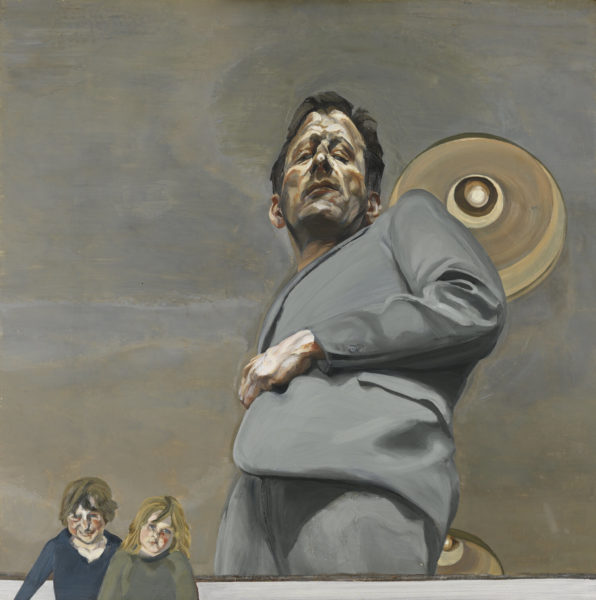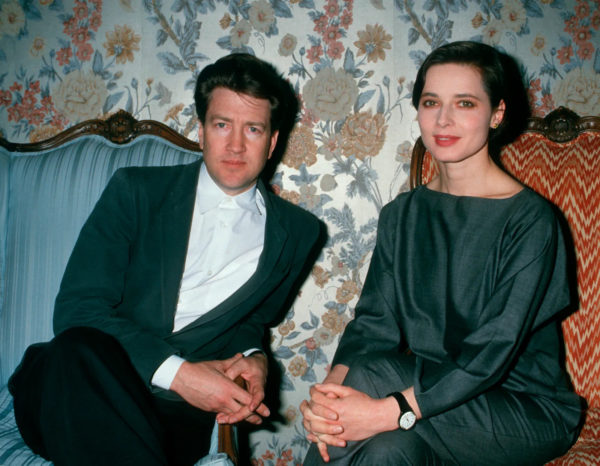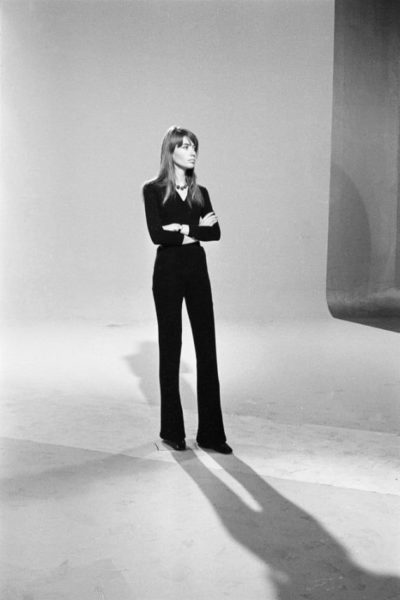Velvetcotton fabric with a complex weave, it is composed of a simp More is neither a material nor a fabric, it is a particular type of weave – and a complex one at that. Consisting of a simple weave (which constitutes its basic structure) to which is attached an additional thread, called pile yarn. This pile yarn is cut to give the fabric its satin appearance. Velvet therefore has a smooth, matt surface on the reverse side and a lustrous, fluffy surface on the front.
A popular fabric from England
The English make a distinction between velvet and corduroy. The former was more luxurious and was reserved for the aristocracy, while the latter was used for work clothes. Corduroy appeared at the end of the 18th century in England. Used by workers, artists and students, it was for a long time considered the “poor man’s velvet”.
From 5 pockets trousers to Renoma suits
In the 1970s, corduroy gained popularity and was used by Levis and Lee in the manufacture of 5-pocket trousers for the younger generation. Corduroy was appreciated for its durability and feel. Tommy Nutter and Renoma also used it in suits and formal trousers. However, in order to keep an impeccable cut and a perfectly structured cigarette shoulder, these tailors used corduroy with thiner ribs. Sometimes made from a mixture of cottonnatural cellulosic textile fiber constituting the seminal ha More and cashmere, this type of corduroy is more luxurious than coarse-ribbed corduroy. It is called in French “milleraies” – literally “thousand lines” and takes its name from the number of ribs per metre of fabric: about 1000.
The ennoblement of corduroy by the Left Bank style
Arnys made velvet its fabric of choice for its forest jackets, inspired by the velvet jackets with high collars and patch pockets worn by the forest rangers of Sologne. The Rive Gauche house made a more luxurious jacket, also choosing milleraie velvets or cotton and cashmere blends.
From the workers of the North of England to the Rolling Stones and the Parisian minets, milleraie velvet became the uniform of the creative people. So much so that the chairman of the UK Trade Commission told The Times in 1965 that the Beatles had “saved the English corduroy industry”.
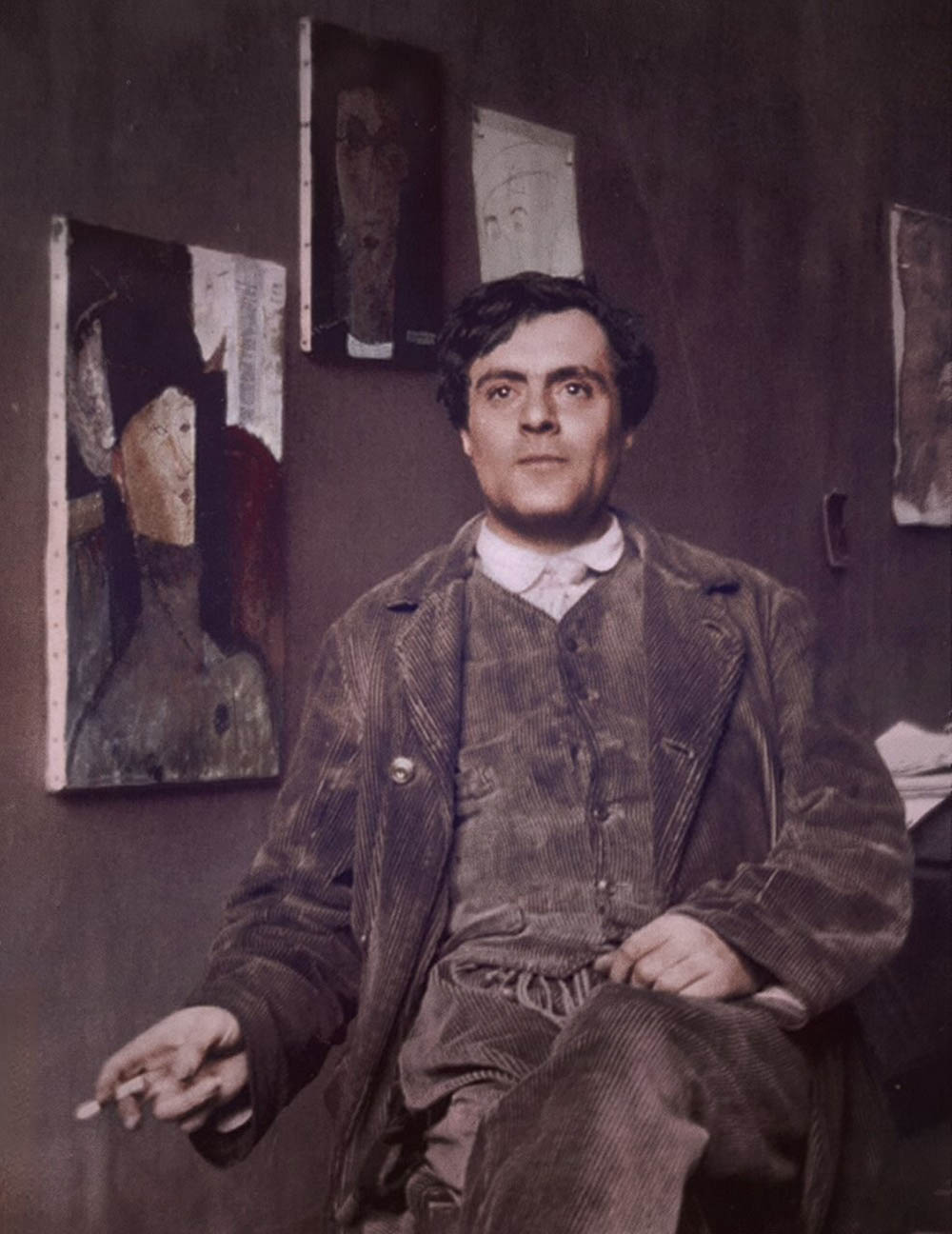
MODIGLIANI, Amedeo, art. Paris, France. 1915.

BEATON, Cecil, phot. JAGGER, Mick. 1968.
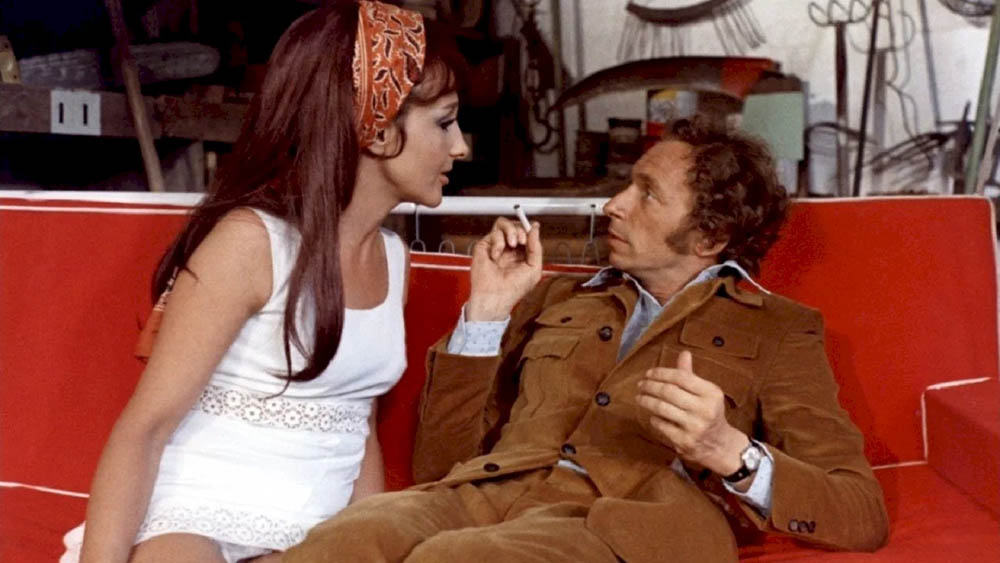
RICHARD, Pierre, act. and dir. Distracted. 1970. 85 min.
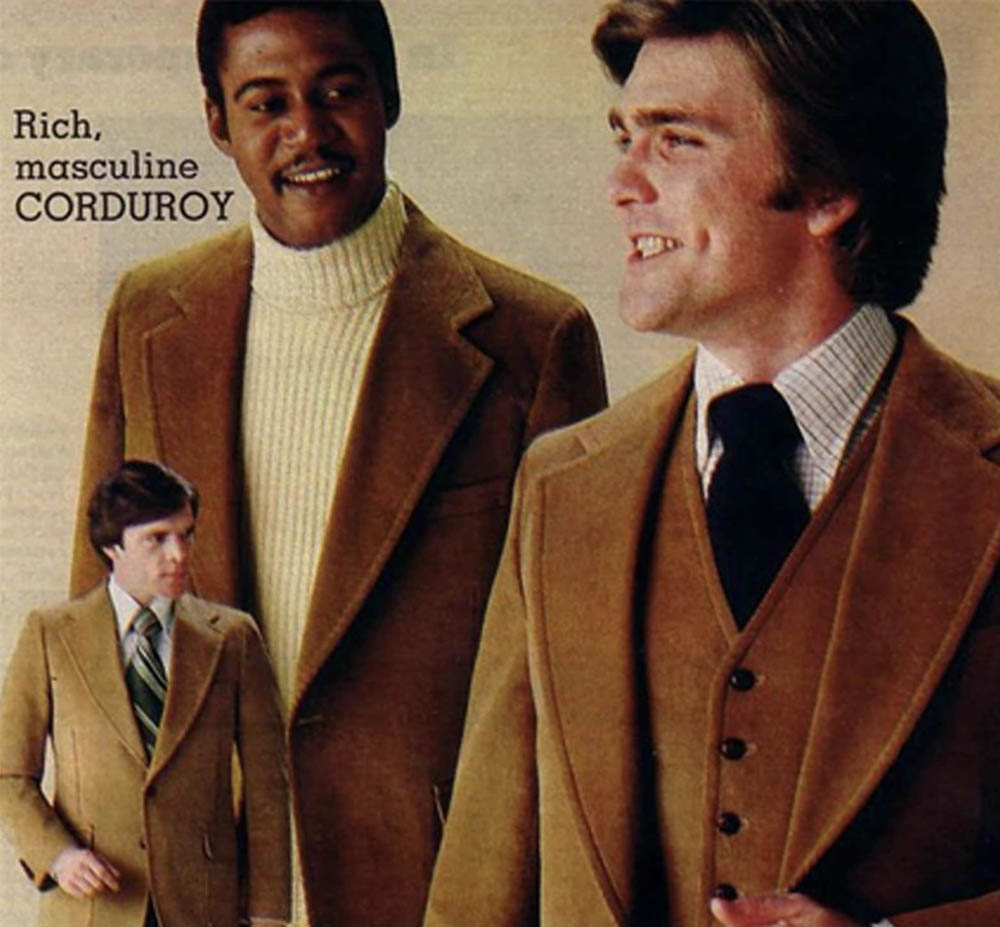
Uomo Vogue, december 1972.
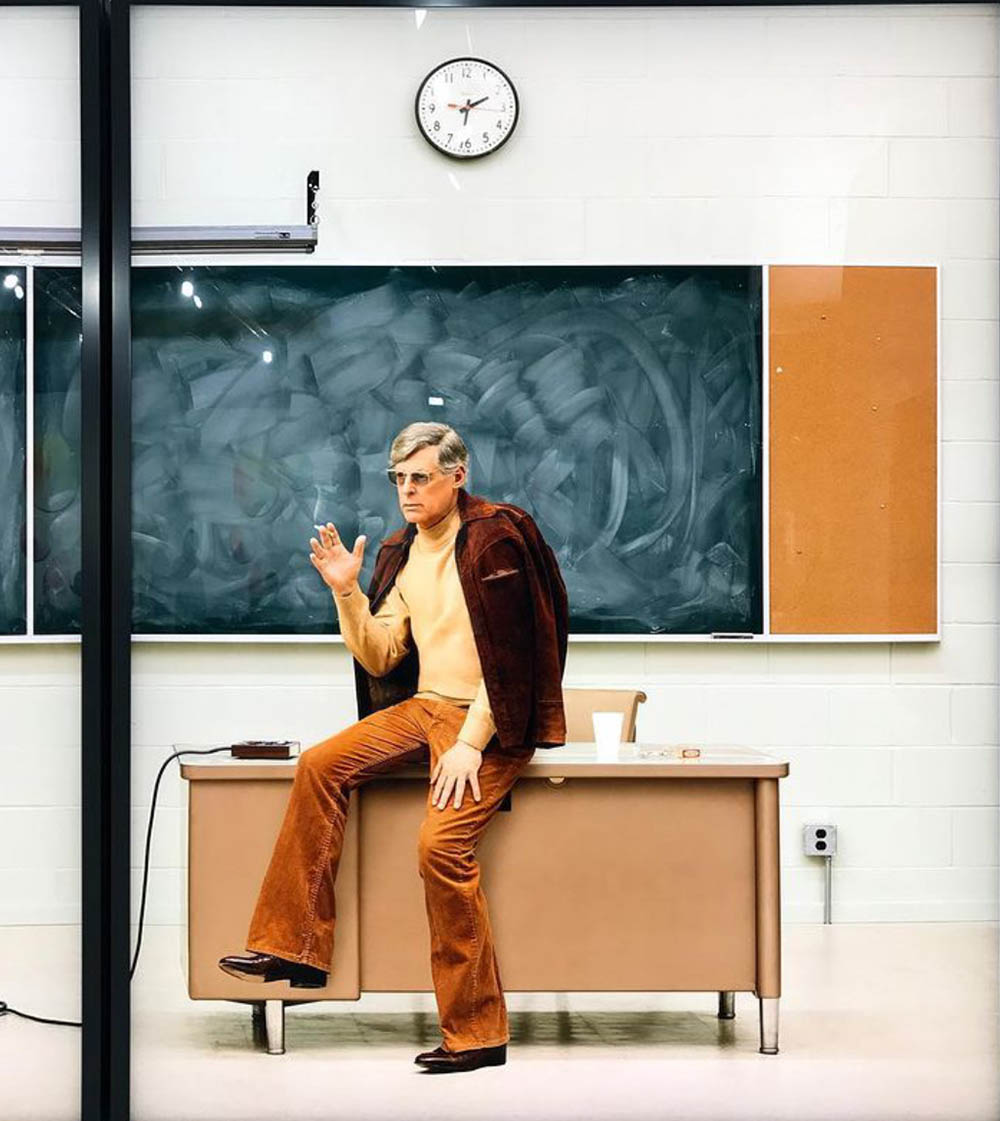
GRAHAM, Rodney, art. Media Studies 77. photography on aluminum lightbox. 232.4 x 376 cm. 2016.
- LUCIAN FREUD« from borrowed suits to bespoke tailoring, Freud’s fashion choices evolved with his art »
- DAVID LYNCH« The oddest of Americans, the most American of oddballs, Lynch was a man with a uniform. »
- THE FLARED TROUSER
- BRUMMELL« the most sober, the most strict, the least extravagant man »
